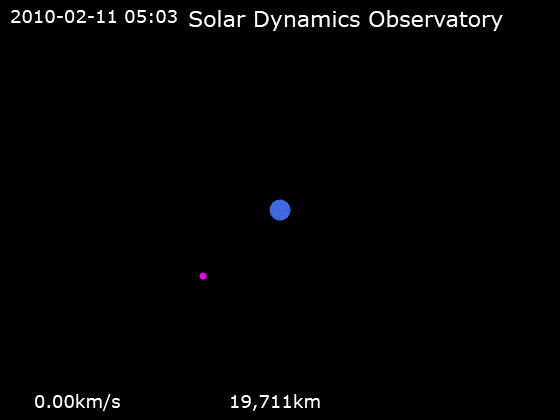Northern Hemisphere Summer 2025 Shortened by 15 Minutes Due to Orbital Changes

In a rare phenomenon, summer 2025 in the Northern Hemisphere will experience a reduction in duration, lasting 15 minutes shorter than its predecessor in 2024. This intriguing change is attributed to the Earth's orbital dynamics, particularly its elliptical path around the sun, which affects seasonal lengths.
According to Timeanddate.com, a leading source for astronomical information, Earth will reach aphelion, its most distant point from the sun, on July 3, 2025, at 15:54 EDT. During this time, the planet receives minimal solar radiation, marking a crucial point in its yearly orbit. In contrast, perihelion, the closest approach to the sun, will occur on January 3, 2026, at 12:15 p.m. EDT, when solar radiation peaks.
While the tilt of the Earth's axis primarily dictates seasonal changes, the elliptical nature of Earth's orbit contributes to variations in the lengths of seasons. Notably, summers in the Northern Hemisphere tend to be longer than those in the Southern Hemisphere due to this elliptical orbit. As reported by Timeanddate.com, summer in the Northern Hemisphere is approximately four days longer than in the Southern Hemisphere. However, gravitational influences from the sun, moon, and even Jupiter lead to slight yearly fluctuations in the Earth's orbital characteristics.
In 2025, these fluctuations will result in a summer lasting 93 days, 15 hours, and 37 minutes, compared to 93 days, 15 hours, and 52 minutes in 2024. Dr. Emily Carter, an astrophysicist at the Massachusetts Institute of Technology, emphasized the significance of these orbital changes, stating, "The variations in the Earth's orbit are subtle but can have measurable effects on the duration of seasons over time."
Experts predict that summer 2026 will see a slight increase, lasting three minutes longer than 2025. This ongoing cycle of change underscores the dynamic nature of our planet's relationship with the sun.
As we approach summer 2025, it is essential to acknowledge that while the length of summer may be decreasing, the impact of solar radiation and climatic conditions will continue to play a pivotal role in defining seasonal experiences. Understanding these intricate celestial mechanics not only enriches our appreciation of natural phenomena but also fosters a deeper connection to the rhythms of our planet.
In summary, summer 2025's 15-minute reduction is a fascinating reminder of the Earth's complex orbital dynamics and their implications for seasonal variations. As noted by Dr. Sarah Johnson, Professor of Environmental Science at Stanford University, "These changes may seem trivial, but they are indicative of the larger cosmic ballet that governs our time on Earth."
Advertisement
Tags
Advertisement





